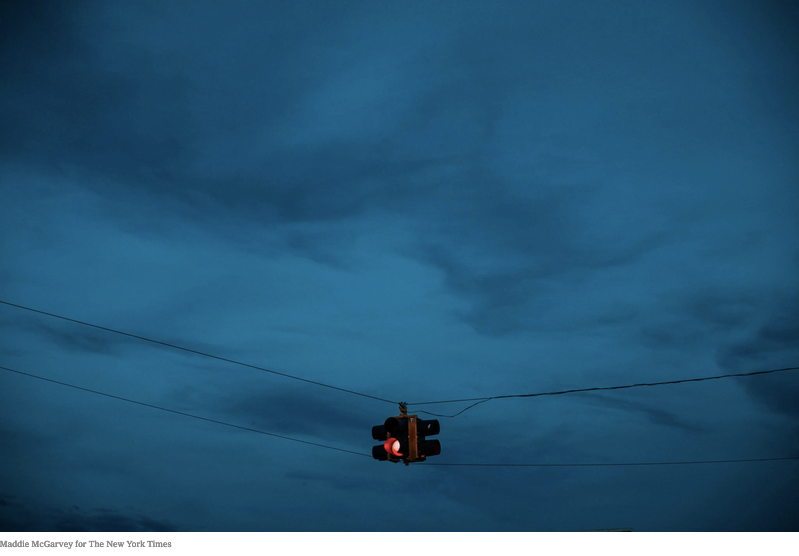Ysabel arrived at the United States border last October after leaving her home and two children in eastern Venezuela. The region she fled was plagued by disorder long before the more widely reported upheavals of recent months, suffering frequent power outages, widespread violence and unrest, and severe shortages of food, water and medication. In the years leading up to her flight from the country, Ysabel told me that she had been kidnapped, robbed at gunpoint multiple times and shot at during an attempted carjacking.
. . .
Despite all the odds stacked against her, Ysabel was granted asylum by a federal immigration judge in February, winning her case even without a lawyer. When I visited her a few days after the decision, she was visibly changed, carrying herself with a lightness I have rarely seen inside the walls of the detention center. After half a year suffering the oppression of uncertainty, a path had finally been laid out before her. Any day now, she told me, she would be released, the exit door into America finally opened.
Days and weeks passed, however, and still the door remained inexplicably shut. Week after week, I arrived at the detention center expecting Ysabel’s name to have disappeared from our list, only to find her sitting again in the visitation room among the other women seeking refuge — mothers, grandmothers, sisters, daughters. Each time we spoke, her freedom seemed to be slipping further away. The government had asked that her release be delayed while officials prepared an appeal. The deadline to file came and went without Ysabel receiving any updates regarding her case. Finally, she heard that the government had indeed filed its appeal, but she was given no follow-up court date — the one piece of information that allows detained asylum seekers to build a potential timeline for their near future, the single point around which some glimmer of hope might coalesce.




